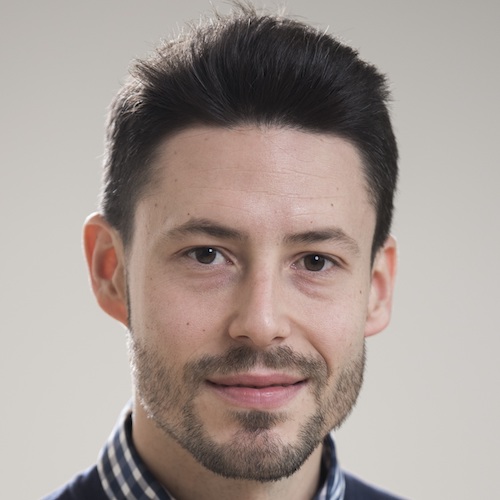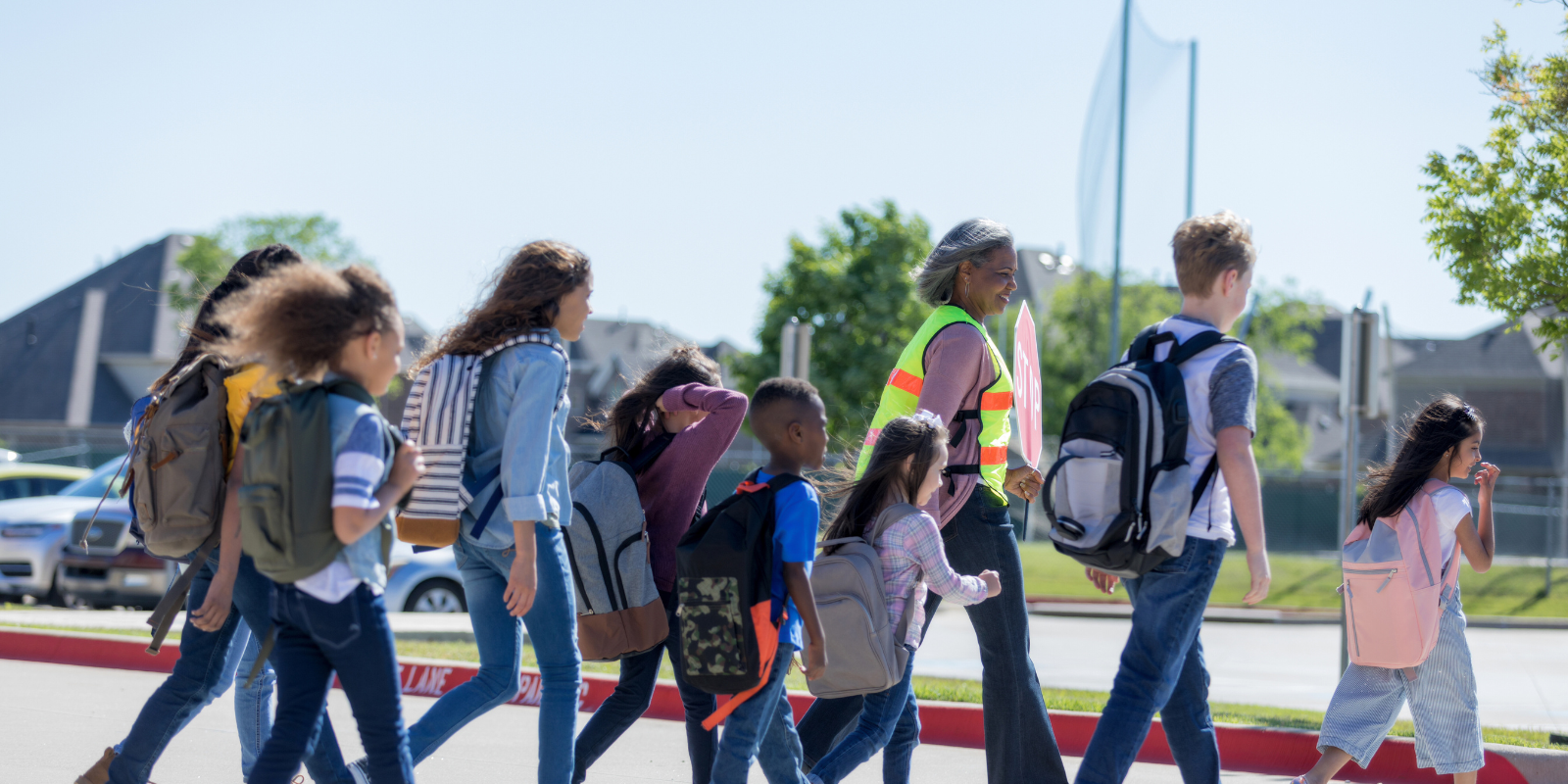A $1.9 million grant from the National Institute of Dental and Craniofacial Research (NIDCR) will help researchers at the University of Colorado Department of Surgery and Colorado School of Public Health develop better treatment methods for children diagnosed with craniosynostosis, a present-at-birth condition in which a baby’s skull plates fuse together too early, before the brain is fully formed.
“When the fusion between bone plates happens very early, the brain does not have space to grow anymore,” says Antonio R. Porras, PhD, an assistant professor at the Colorado School of Public Health, research director of pediatric plastic and reconstructive surgery at Children’s Hospital Colorado, and principal investigator on the NIDCR grant. “This causes cranial and brain growth constraints that can cause symptoms ranging from developmental delay to blindness. These children also develop very specific malformations. When the brain cannot grow in one specific direction, the increased pressure makes the cranium overgrow in a different direction, and the child starts to develop malformations in different areas of the head.”
Until recently, the craniofacial surgery necessary to correct the issue has been somewhat subjective, with surgeons using their training and expertise to predict how the head will continue to develop in response to the growth constraints and adjusting the procedure accordingly. In some cases, additional surgeries eventually become necessary to prevent or treat additional effects of intracranial hypertension.
“There are no clear metrics as to what exactly needs to be done and what to target, because we don’t fully understand how these children are going to continue developing,” Porras says.
Using AI to help
Porras hopes to change that in the project funded by the NIDCR. He and Brooke French, MD, associate professor of plastic and reconstructive surgery, are using a series of postsurgical images, captured by French and her team of neurosurgeons, plastic surgeons, nurses, and photographers over the past 10 years using a circular array of cameras that produce a three-dimensional image, to develop an artificial intelligence program that better predicts how craniosynostosis affects brain and skull development. The AI program will also use the methods and data generated from a previous project also funded by the NIDCR and led by Porras that developed a quantitative normative reference of local cranial bone development during the first 10 years of life.
“Right now, when we decide what surgery to do, and how much to overcorrect and push the boundaries, it’s more from experience than from retro-reported outcomes,” French says. “No one truly analyzes and says, ‘Did you do the right surgery? Does that child look totally normal at 20?’ This tool is potentially going to be helpful to say, ‘I need to overcompensate this child by one centimeter, as opposed to .5 centimeters, to get them to look typical when they are grown up.’ It’s critical.”
Better information
The R01 grant began March 1 and will go for five years. At the end of that time, Porras says, surgeons will have much more accurate information to use when planning the treatment of children with craniosynostosis, which affects one in every 1,800 children and is the second most common craniofacial pathology in babies after cleft palate.
“Now that we have these massive datasets with the thousands of images that Dr. French has been acquiring, the AI is going to learn how the brain starts reshaping and accommodating and resuming normative growth after treatment,” Porras says. “Eventually, a surgeon will know when they go to surgery what part of the cranium is going to grow in what way so they can make the surgery personalized to the specific anatomy and characteristics of every patient.”
Aid for surgeons and families
The AI program has the potential to offer reassurance not just to surgeons, but to parents of children with craniosynostosis who may wonder if the surgery is truly necessary, and what the ultimate outcomes will be cosmetically and in terms of neurocognitive impact.
“It’s frightening to families to hand over their baby for a surgery that may require a blood transfusion, because they’re so small,” French says. “This will help them to know that they're making the right choice, and it will make them feel a lot safer. We will truly have a roadmap for how to approach each procedure."




.png)

